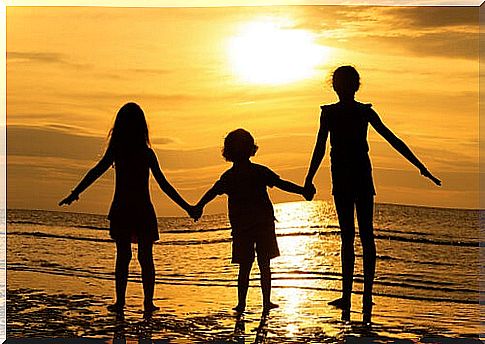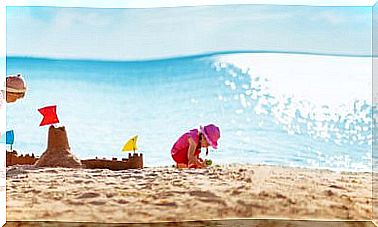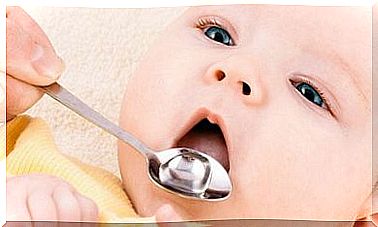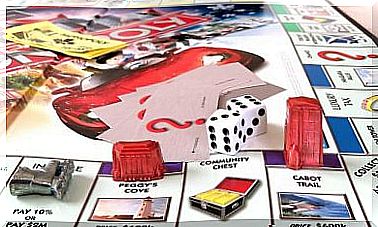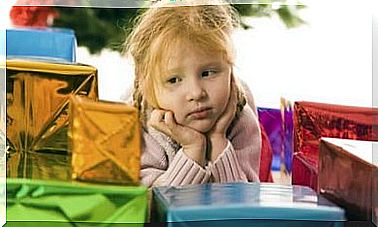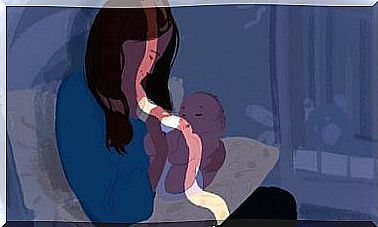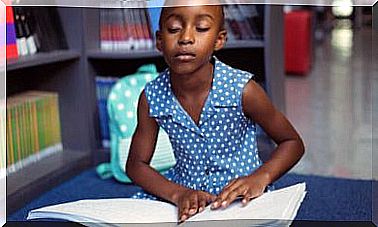How To Deal With Child Aggressiveness?
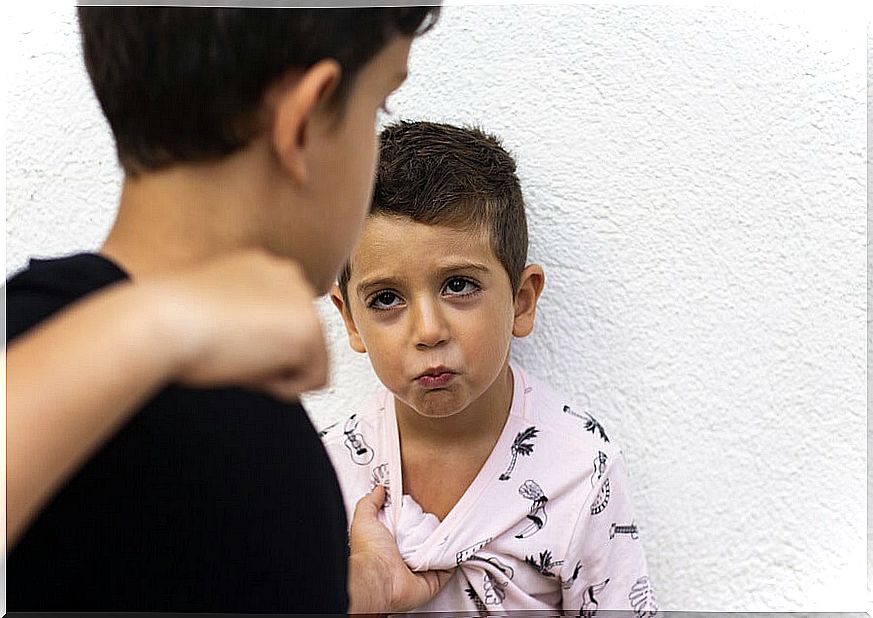
In these times, aggressiveness and violence are common in everyday life in society. What is really worrying is child aggressiveness, which has been manifested for many years in the smallest of the home. It is very important to know about this problem and avoid it in children.
What is aggressive behavior in children?
Aggressive behavior is one in which the child seeks to harm, whether physical or mental, to another child, his parents or anyone around him. In general, it is an intentional attitude that manifests itself through kicking, screaming, scratching, shoving, swearing, among other actions.
Aggressive behavior in children causes them to have complications in their personal and school life and difficulties in social relationships and integration in groups.
On many occasions, childhood aggressiveness shows external signs that manifest an internal problem. They are behaviors that reflect, in general, a great discomfort at the emotional level of children. These emotions that the little one experiences are expressed through anger and rage.
How to avoid child aggressiveness?
Children’s aggressive behavior is based on learned behaviors that can be modified with appropriate treatment. To improve these attitudes, it is very important the presence of parents and teachers —in the case of the school—, a constant intervention and accompanying the children at all times.
In no case is physical punishment recommended to treat child aggressiveness, since this type of attitude can promote aggressiveness in children even more. In other words, physical punishment has negative effects; the child imitates aggressiveness and, in addition, increases his anxiety.
The way to deal with child aggressiveness is to maintain patience and perseverance at all times so that the problem can be resolved.
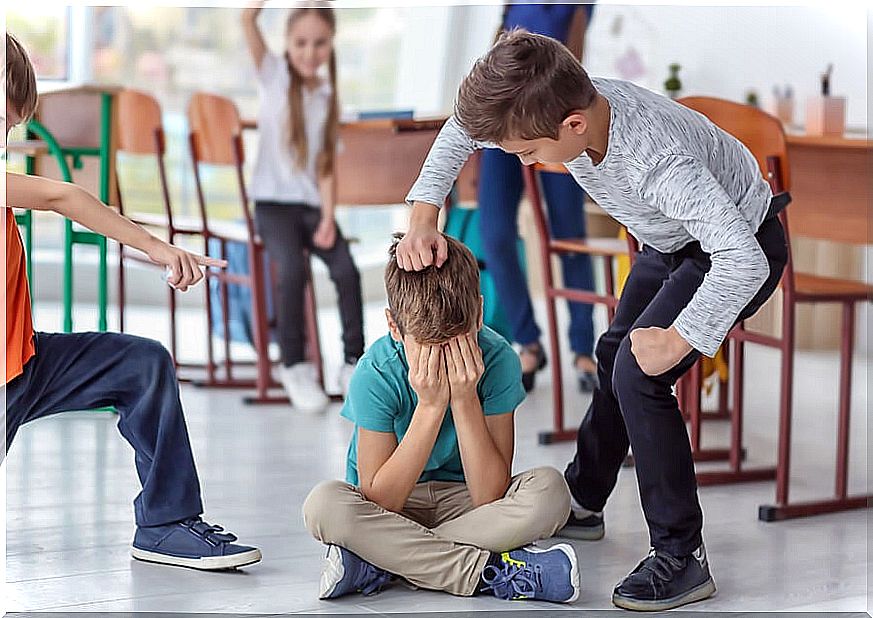
It is normal for many parents to feel lost and wonder how to avoid the childish aggression they see in their children. Next, we will see some important guidelines to be able to modify these behaviors in children in an appropriate way.
1. Identify the problem
The first point is essential to be able to end child aggressiveness . Each parent must identify the problem; To do this, the first thing is to know what type of aggressive behavior the child expresses.
It is important to be objective and specific when looking for the type of behaviors. This will allow, through the following steps, to be concrete in your treatment.
2. Establish the periodicity with which the child is aggressive
Another essential step in the process of eliminating aggressive behaviors in children is to record for a week the times that the child has aggressive behaviors.
In addition, it is important to identify in which situation this behavior is triggered; that is, what causes that behavior on time. In this way, the causes, circumstances and responses to their behavior can be related.
3. Weaken aggressive behavior
Once the how and why of these attitudes have been identified, it is important to set two objectives in order to modify the child’s behavior. On the one hand, weaken aggressive behavior and, on the other hand, reinforce alternative responses to each situation.
One way to accomplish this is to try to reduce the child’s contact with aggressive role models. Parents need to show their children other ways to resolve conflicts, such as through dialogue, reasoning, or setting rules, among others.
Also, the example is an invaluable tool. When children see that older people solve problems in this way, in an assertive and constructive way, it will be easier to imitate the appropriate model.
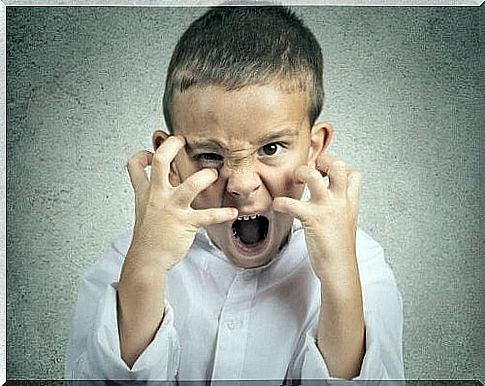
4. Determined the procedure, evaluate if it is effective
Once the way in which the treatment of these aggressive behaviors presented by children is determined, it must be implemented with perseverance and patience.
To ensure better results and joint work, it is important to communicate this to the adults around the children. Thus, they will also be part of the treatment and modification of aggressive attitudes.
In summary, it is important that parents react to child aggression and take a positive attitude in its solution. They should identify what triggers these behaviors and try to improve children’s behavior through good practice, conversation, and example. And, if necessary seek professional help.
